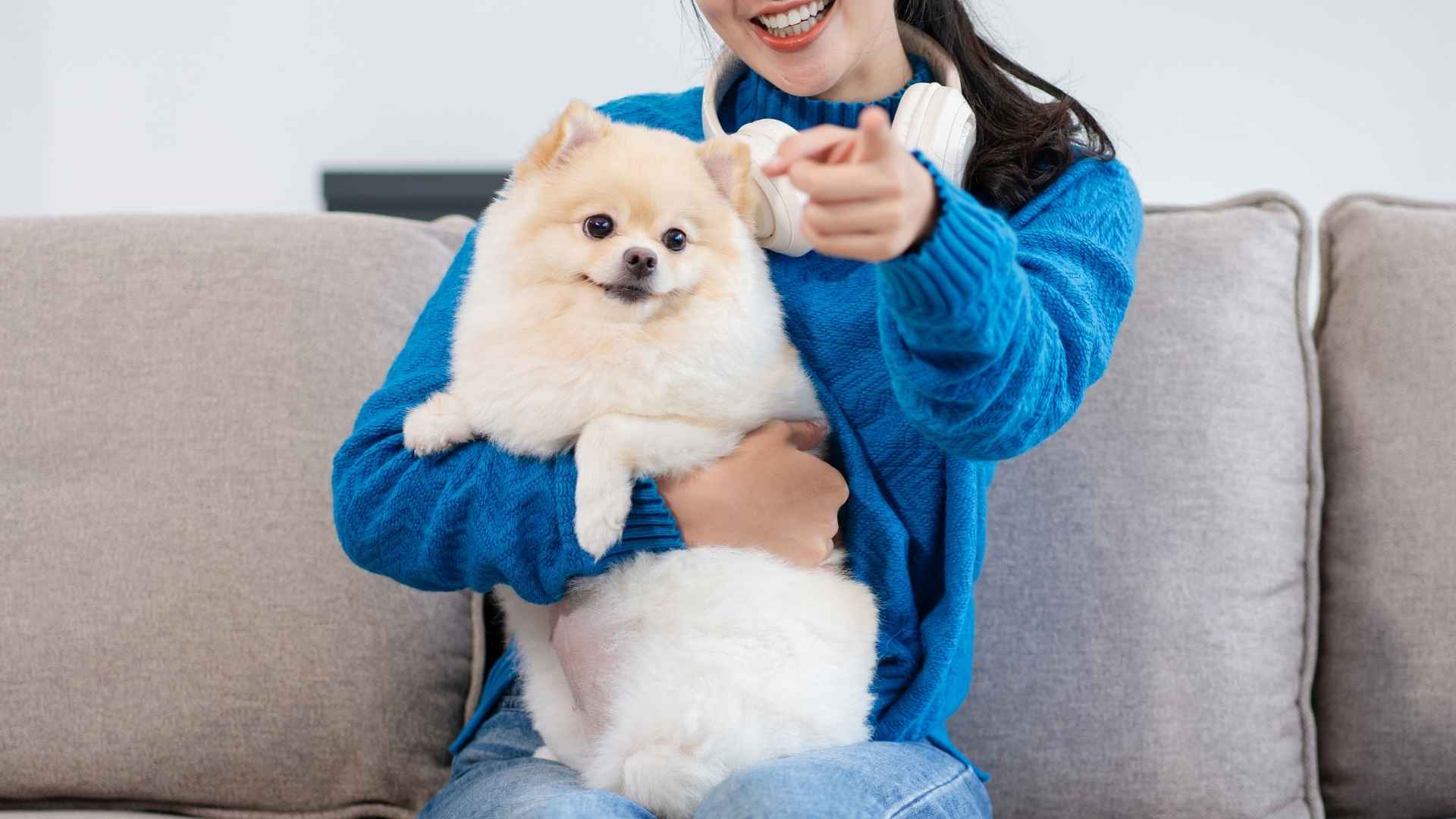Did you know that puppies can start bonding with their owners as early as a few weeks old? That’s right—those tiny, fluffy bundles of joy are already forming connections and showing signs of loyalty, love, and affection. If you’ve ever wondered why dogs are called “man’s best friend,” it’s because their ability to bond with humans goes beyond companionship—it’s a deep emotional connection.
For those seeking a devoted, loving pet, choosing the right companion puppy breed is key. These puppies are not just adorable; they’re meant to stick by your side, offering comfort, joy, and unshakable loyalty. Whether you live in a bustling city or the peaceful countryside, the perfect companion puppy can transform your home into a haven of happiness.
In this blog, we’ll explore the puppy breeds that make excellent companions and are always ready to shower you with endless love and devotion.
Companion Puppy Dog Breeds
1. Bichon Frise
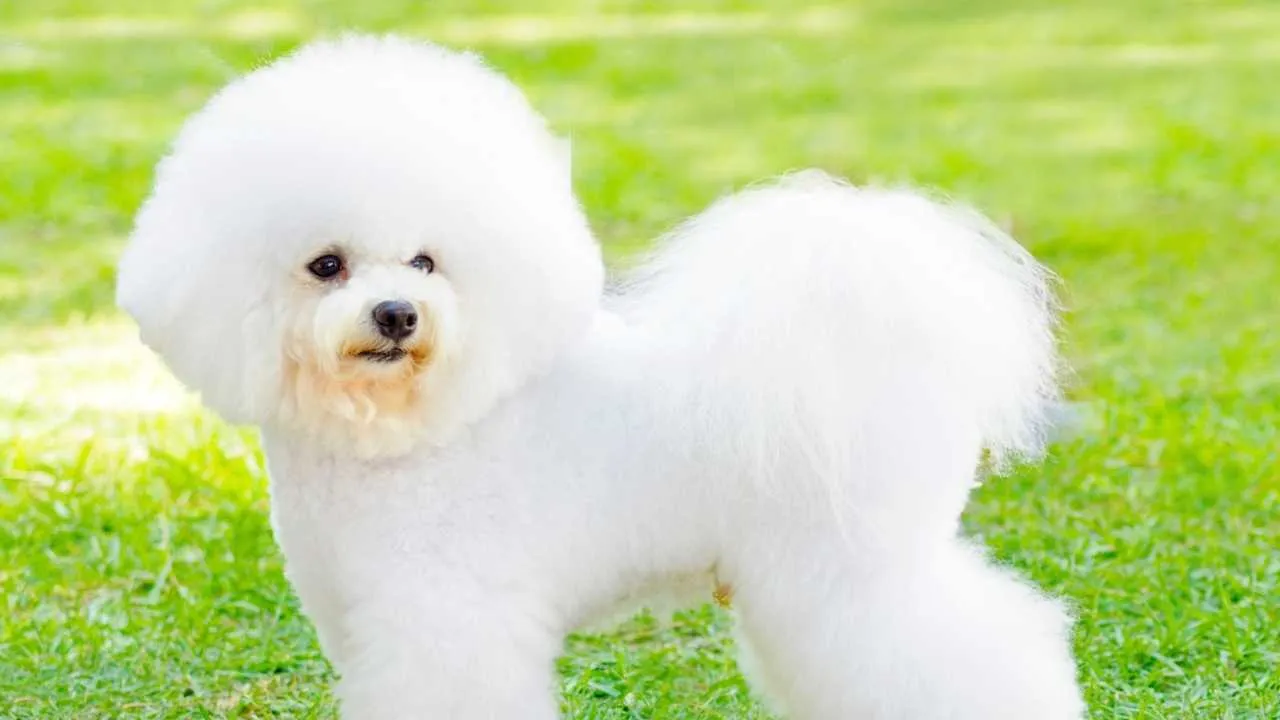
The Bichon Frise is a cheerful, intelligent small dog with a rich history that spans centuries. Originally known as the “Bichon” or “Tenerife,” the breed is believed to have descended from water spaniels and was popular among European nobility, particularly in Spain and France. Their luxurious white coat, short muzzles, and silky, drooped ears made them favored companions in royal courts. They were eventually named “Bichon à poil frisé,” meaning “curly-haired lap dog.”
These dogs later found fame as circus performers and street entertainers, especially following the French Revolution when their noble status declined. Their intelligence, showmanship, and eagerness to learn made them perfect for performing tricks and captivating audiences, solidifying their reputation as natural entertainers.
Their charm helped them make a comeback in the 20th century, and the breed was officially recognized by the American Kennel Club in 1973.
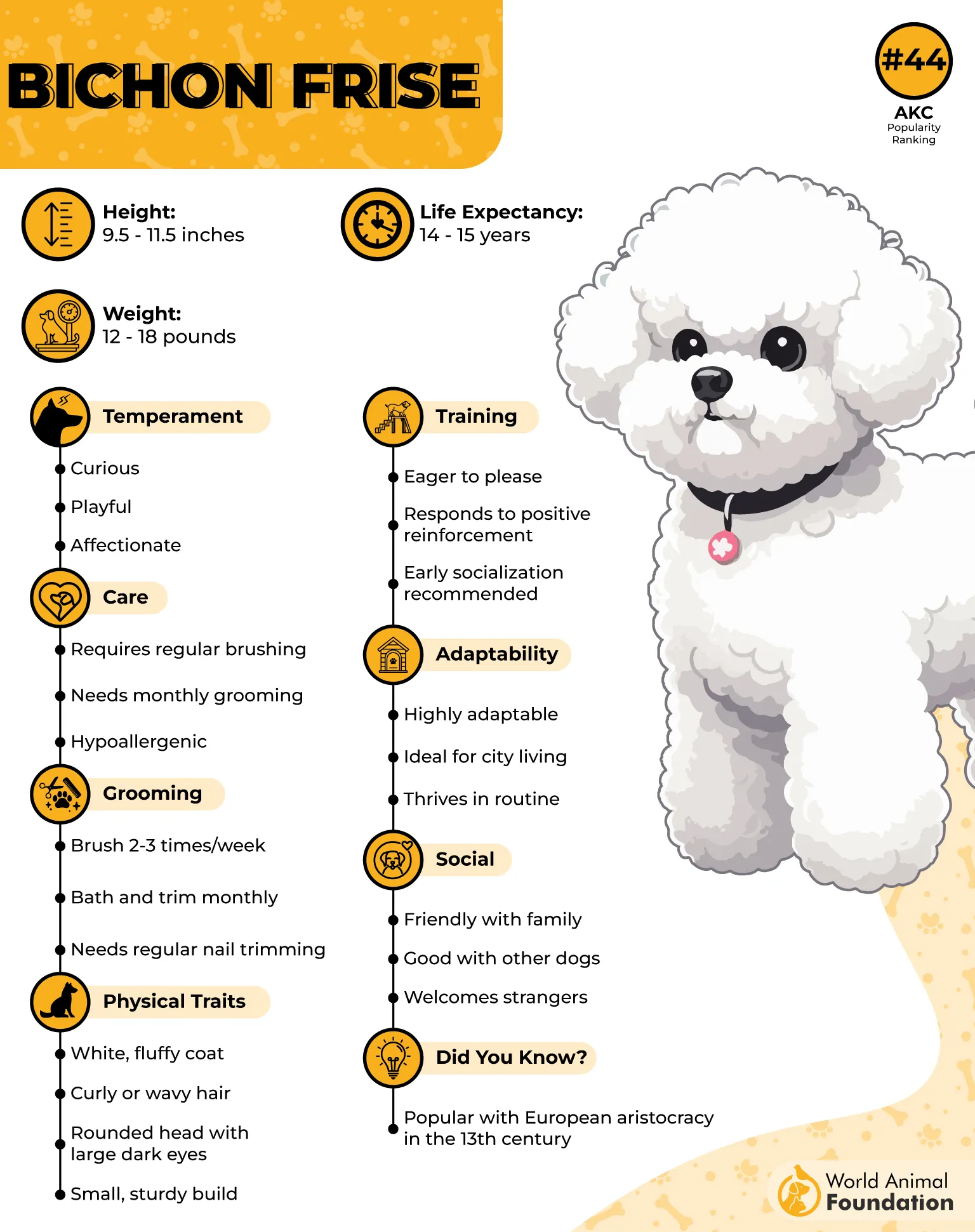
Bichon Frises are highly sociable and thrive in active households where they can be part of daily life. They are known for their affectionate nature, love of human interaction, and compatibility with children and other pets, including cats. However, they don’t fare well when left alone for extended periods and can suffer from separation anxiety, often expressing distress through barking, whining, or destructive behavior.
This breed is energetic and playful, requiring regular exercise and mental stimulation to stay happy and well-behaved. Despite their small size, they have a surprisingly high energy level and enjoy interactive games, training sessions, and quality time with their families.
Petplan states Bichon Frises are often considered hypoallergenic due to their low-shedding coat, which traps hair in the undercoat, minimizing allergens in the environment. However, no dog is completely hypoallergenic, and individual reactions can vary. People with mild allergies may still react, though typically to a lesser extent than with other breeds.
2. Shih Tzu
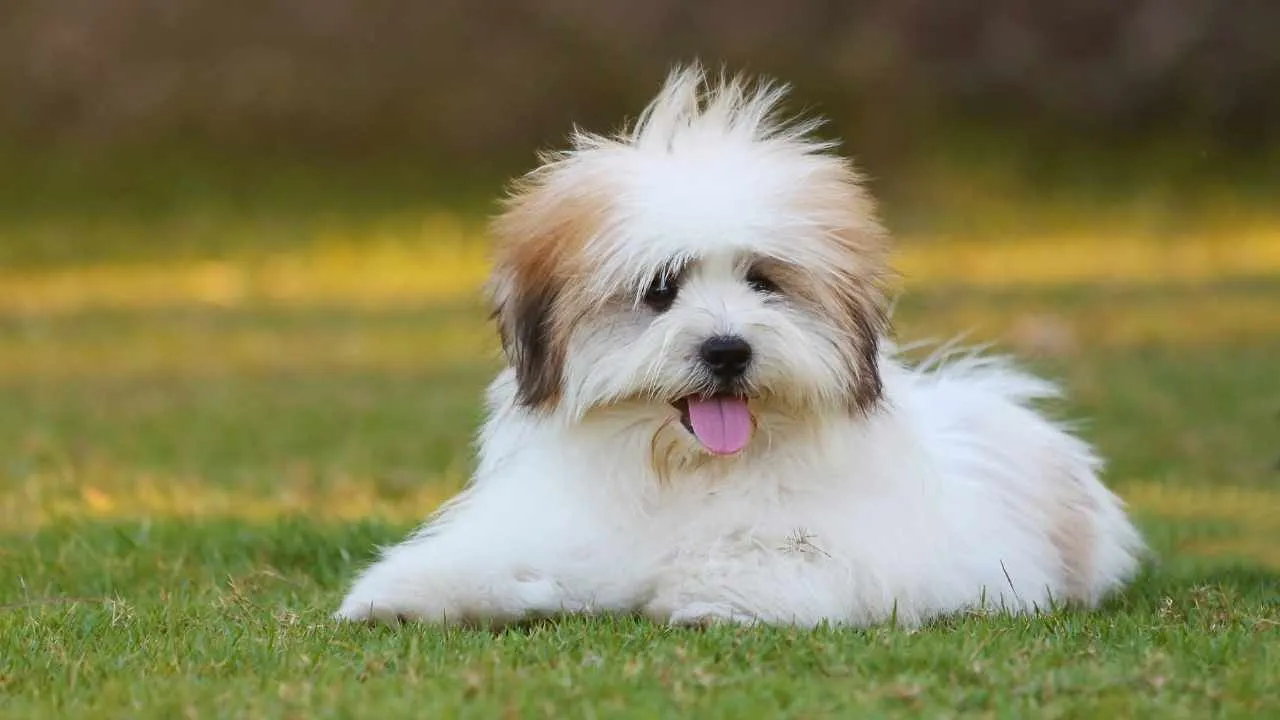
The Shih Tzu is a Tibetan toy breed with origins tracing back over a thousand years. Believed to be developed from the Pekingese and Lhasa Apso, this dog was named shih-tzu kou or “lion dog” for its resemblance to the symbolic lion of Buddhism.
As noted by Britannica, Shih Tzus were revered in Tibet and China and often given by Tibetan monks as gifts to Chinese royalty. This further solidified their place as cherished companions in noble households.
Despite its ancient lineage, the Shih Tzu was only officially recognized by the American Kennel Club in 1969. Modern Shih Tzus are descendants of 14 foundation dogs—seven males and seven females—used to revive the breed in the 1930s. Today, they are among the most beloved toy dogs globally, admired for both their historical significance and companionship.
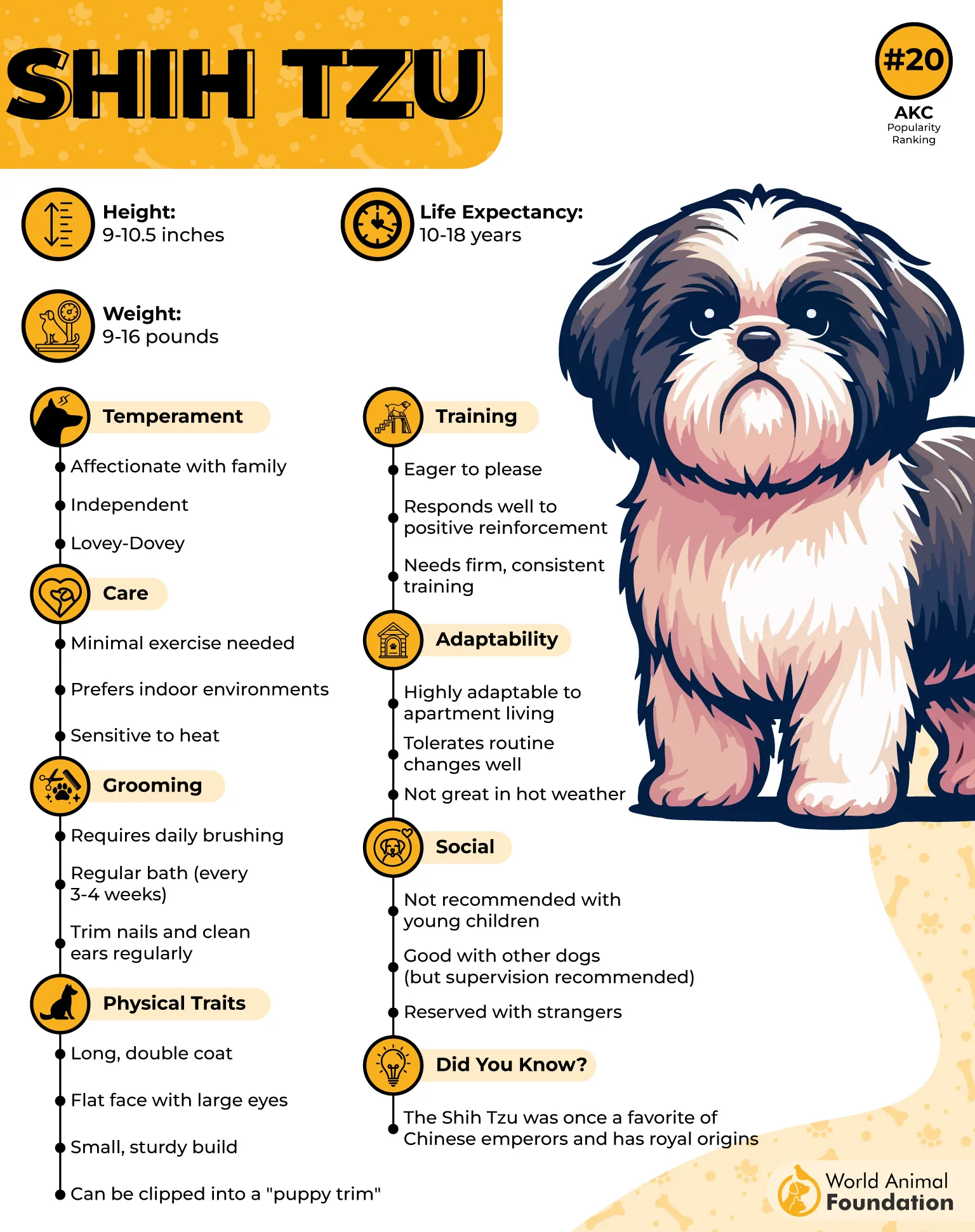
These dogs are known for their distinct appearance—short legs, a compact build, a long flowing coat, and large, expressive eyes. Their small size and affectionate personality make them ideal pets for urban living and apartment dwellers. Shih Tzus thrive in close human company and often prefer lounging beside their owners to wandering alone.
Temperamentally, the Shih Tzu is friendly, sweet-natured, and sociable. They adapt easily to different households and generally get along well with children, other pets, and even strangers. While they’re not strong guard dogs, they are naturally alert and make decent watchdogs. Their playful energy and curious minds mean they enjoy both interactive play and quiet relaxation.
Though intelligent, Shih Tzus can be somewhat independent-minded, often displaying a stubborn streak typical of ancient breeds. They respond well to consistent, positive reinforcement-based training but may take their time deciding when to cooperate.
Grooming is a major consideration for Shih Tzu owners. Their long, silky coat requires regular brushing to prevent tangling and matting. While show dogs are maintained with elaborate grooming, most pet owners opt to keep their dogs’ hair clipped short for ease. Hair growing over the eyes should be trimmed or tied up to prevent visual obstruction.
3. French Bulldog
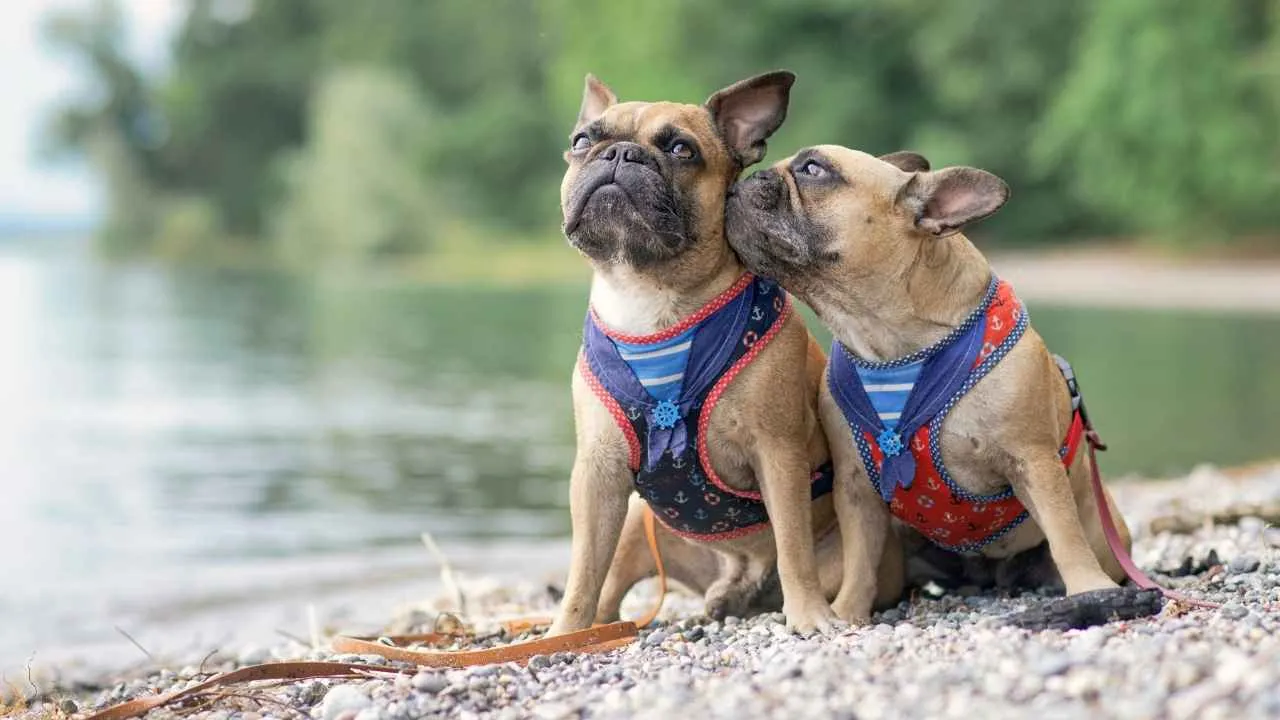
The French Bulldog is a compact, muscular companion dog known for its affectionate temperament and iconic bat-like ears. Originating from English lace workers who brought the breed to France, Frenchies have a natural affinity for lounging in laps while still enjoying short walks and light play sessions. Due to their brachycephalic (short-nosed) anatomy, they are sensitive to heat and require caution during warm weather or vigorous activity.
French Bulldogs come in nine officially recognized coat colors, including various combinations of brindle, fawn, cream, and white. “Ticked” is also a standard marking acknowledged by the American Kennel Club. Their smooth coat and distinctive look make them popular show dogs and beloved household companions.
Health considerations are important with this breed. Their shortened airway makes breathing less efficient, especially during exercise or in hot weather. Signs of overheating, such as noisy breathing or spitting up foam, should be taken seriously. Frenchies may also have issues with anesthesia, so choosing a vet experienced with brachycephalic breeds is essential.
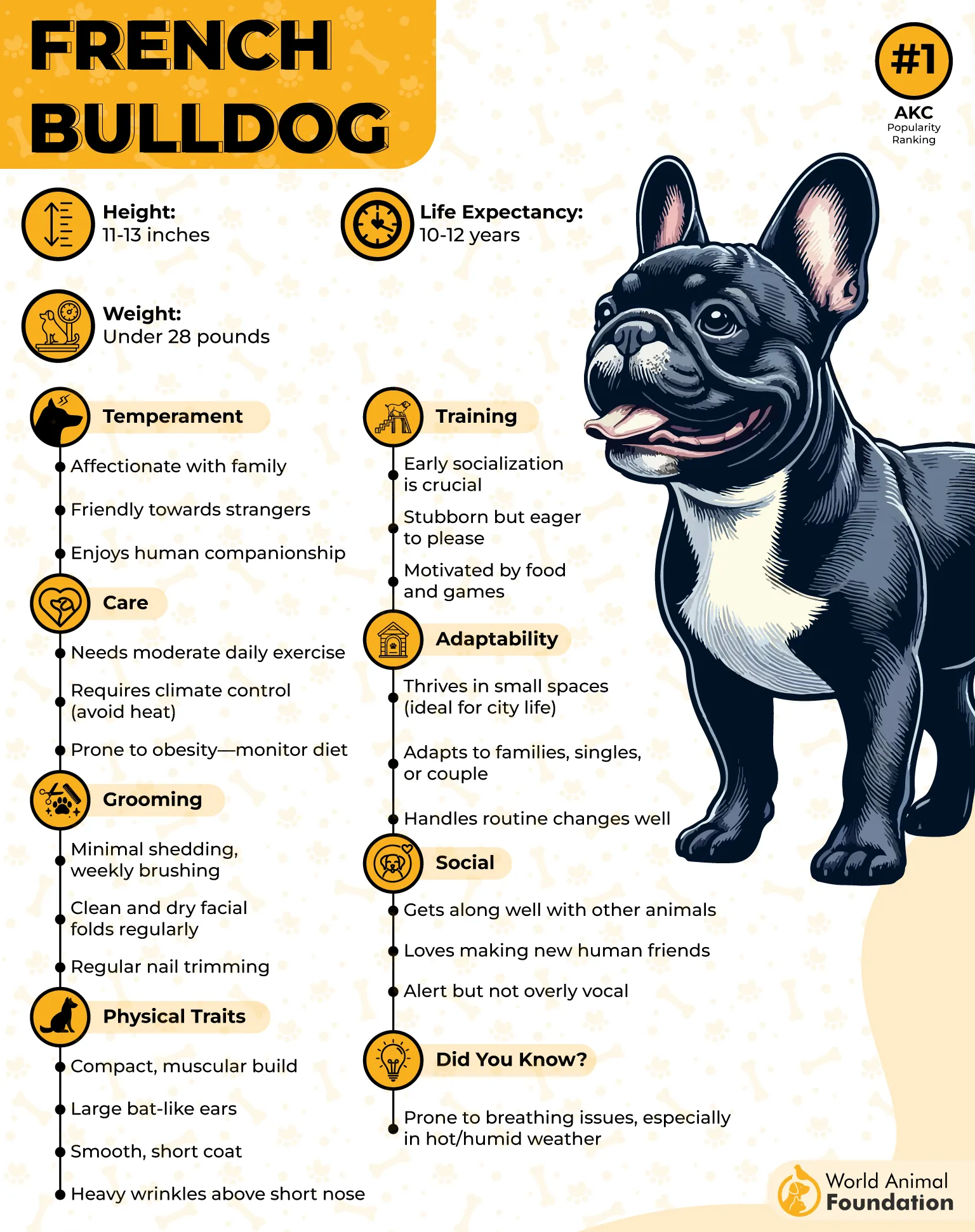
Despite their laid-back demeanor, French Bulldogs are alert and make surprisingly good watchdogs. They’ll bark if someone approaches, but are generally not aggressive. Their territorial instincts are mild, and they lack the protective drive of larger guard dogs.
Frenchies are highly adaptable and well-suited for various living spaces, from apartments to larger homes. They don’t require much exercise, making them ideal for urban environments and people with a more relaxed lifestyle.
French Bulldogs have also become popular among celebrities, adding to their modern cultural appeal. Notable owners include David Beckham, Reese Witherspoon, Madonna, Hugh Jackman, and the late Carrie Fisher, whose Frenchie, Gary, became an internet sensation.
4. Cavalier King Charles Spaniel
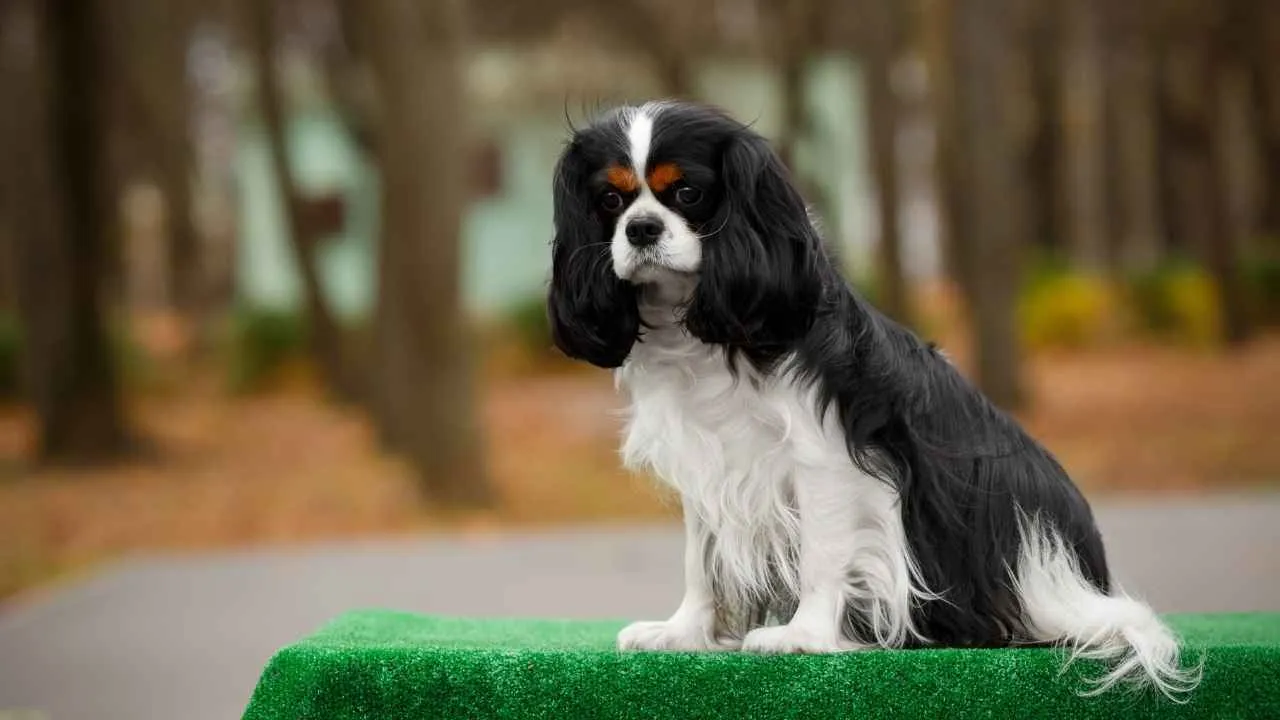
The Cavalier King Charles Spaniel is a small dog breed developed in early 20th-century England to resemble the longer-muzzled spaniels popular during King Charles II’s reign. This breed was derived from the English Toy Spaniel, which itself originated in the 1600s from crosses between small spaniels and Asian toy dogs.
By 1945, breeders had successfully restored the older appearance, leading to official recognition of the Cavalier as a distinct breed by the Kennel Club in England.
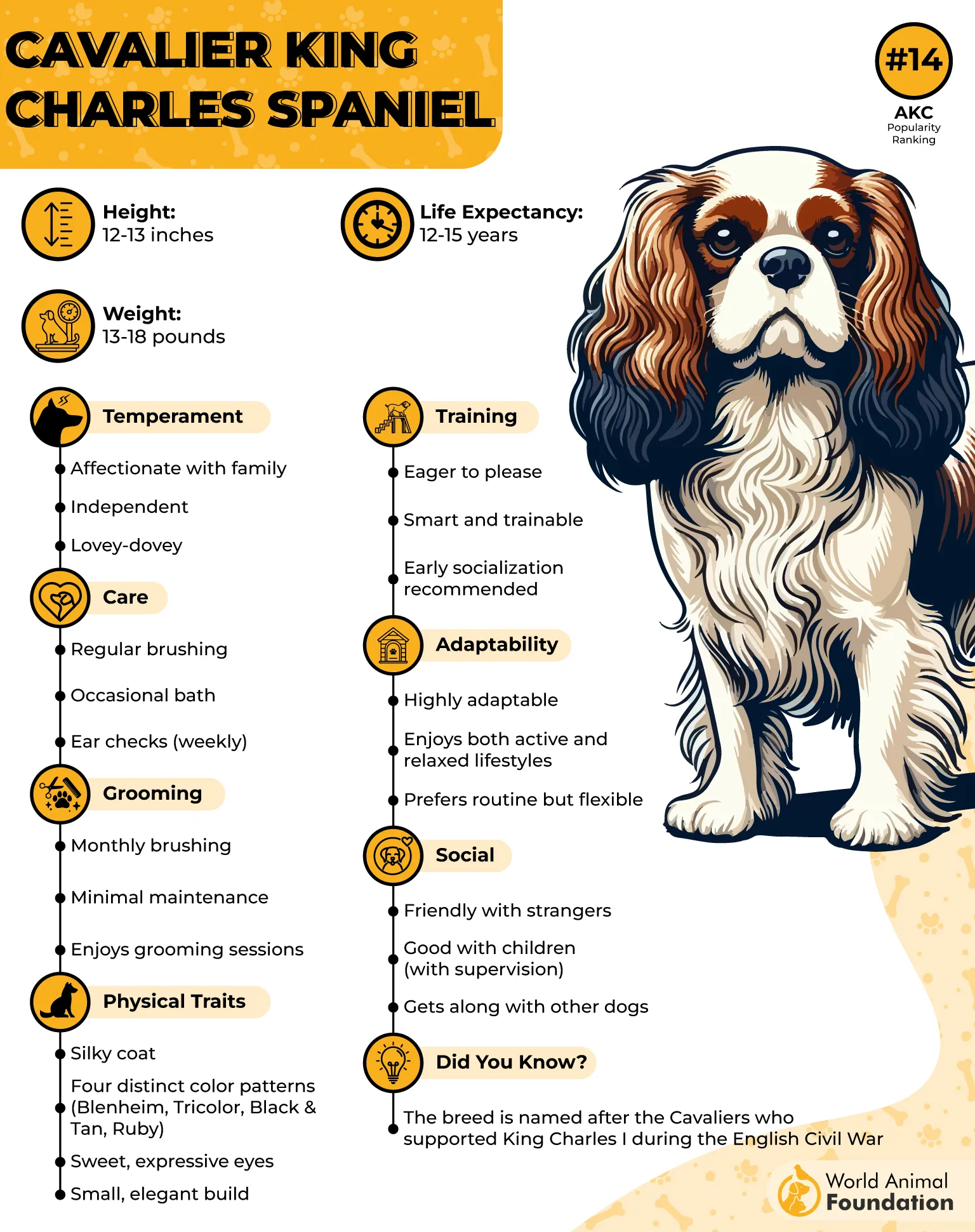
This breed is compact yet solidly built, featuring a silky, medium-length coat with feathered feet, drop ears, and a long or docked tail. Cavaliers come in four main color patterns: Blenheim (red and white), ruby, black and tan, and tricolor. Their expressive, well-padded muzzle and soft, loving gazes give them a gentle, approachable demeanor.
Cavaliers are often nicknamed “Comforter Spaniels” due to their affectionate nature and strong emotional attachment to their owners. These dogs thrive on companionship and are best suited for households where someone is often present. Their gentle temperament also makes them excellent family pets, especially around children.
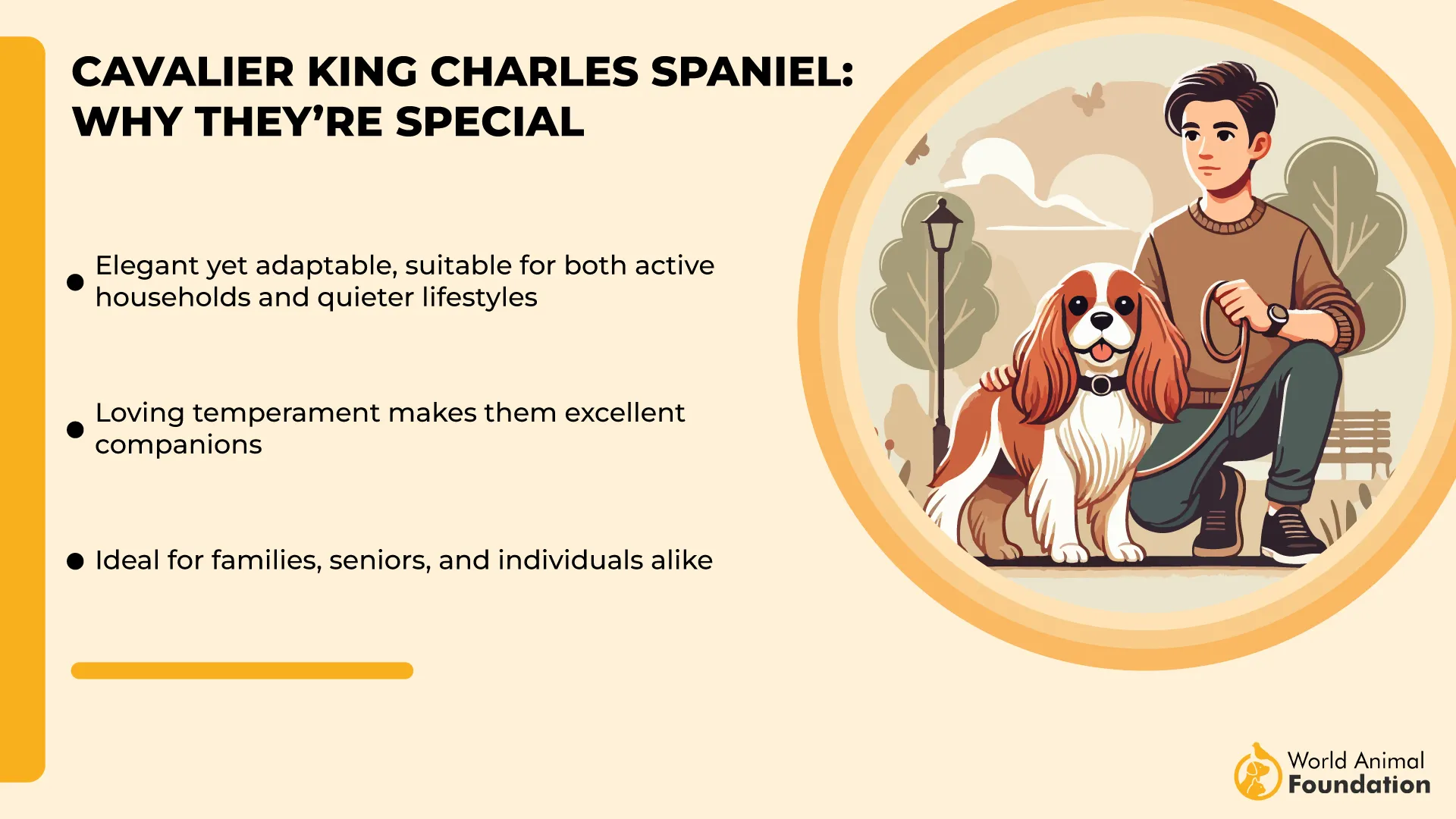
Historically, the breed’s close association with King Charles II nearly led to its extinction following the monarch’s death. Political unrest and changing tastes pushed the breed into obscurity while flat-faced dogs like the Pug gained favor. It wasn’t until the 1920s that an American enthusiast, Roswell Eldridge, initiated efforts to revive the original version by offering prize money for dogs with longer muzzles, leading to the Cavalier’s resurgence.
One unique feature among many Cavaliers is the Blenheim spot — a chestnut-colored mark on the forehead. Legend ties this marking to the Duke of Marlborough’s victory at the Battle of Blenheim, where his wife reportedly stroked the forehead of her pregnant spaniel for comfort, and all the puppies were born with the same marking.
Known for being affectionate without being overly excitable, Cavaliers are alert yet polite, making them ideal indoor companions in both large homes and apartments.
The breed’s royal ties extend beyond England. In 1985, U.S. President Ronald Reagan gifted a Cavalier named Rex to his wife, Nancy. Rex even made a public appearance by turning on the White House Christmas lights, further cementing the breed’s status as a lovable, well-mannered companion.
5. Pomeranian
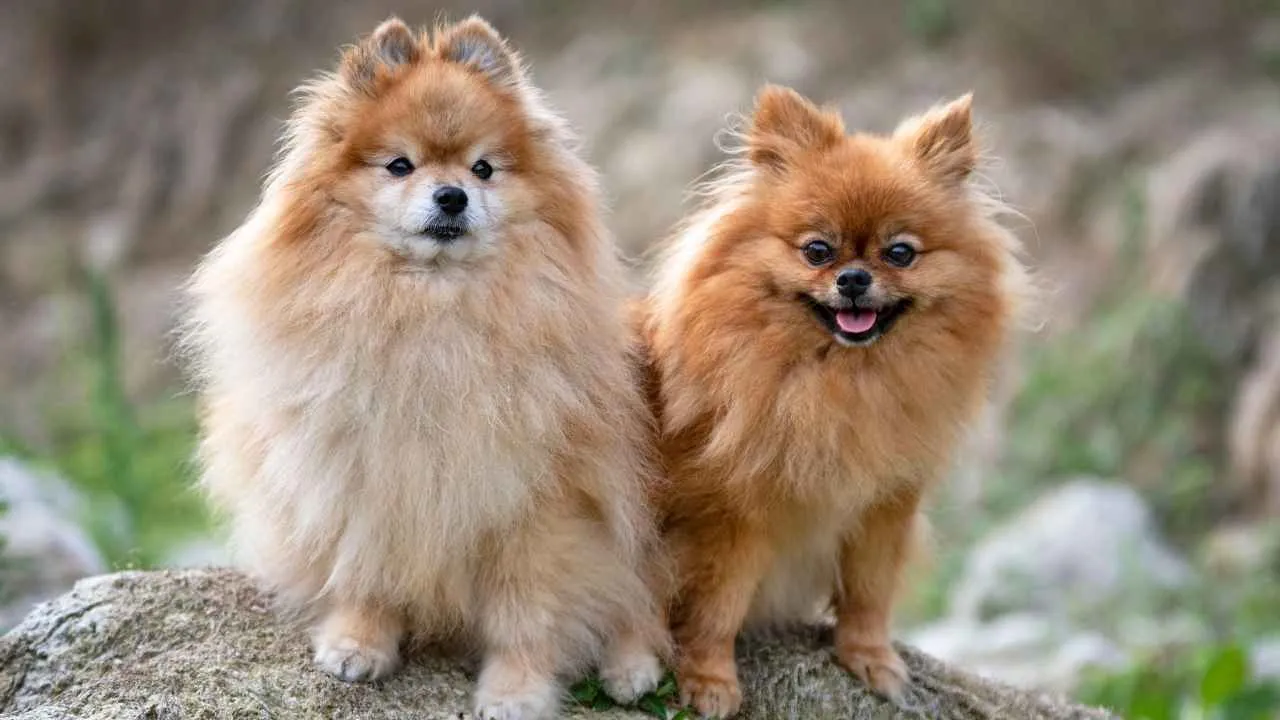
The Pomeranian is a lively, intelligent, and bold toy breed known for its spirited personality. While small in stature, it is big in character, often brimming with confidence and enthusiasm. Though not particularly affectionate or fond of cuddling, the Pom thrives on attention and enjoys playtime and engaging activities. Its strong watchdog instincts mean it can be a vocal companion, frequently barking to alert its owners.
Originally, Pomeranians were much larger, weighing up to 30 pounds and serving more functional roles. Over time, selective breeding reduced their size to the petite 3–7-pound companions we see today.

Despite their small stature, they retain a bold attitude, sometimes challenging dogs much bigger than themselves. The controversial “teacup Pomeranian,” bred to be even smaller than the standard, often comes with associated health concerns.
According to Betterpets, the breed’s roots trace back to Arctic sled dogs within the Spitz family. Ancestors of the Pom once pulled sleds, herded animals, and guarded property in the frozen north. This hardy lineage includes breeds like the Husky, Samoyed, and Malamute. Even today, Pomeranians exhibit physical traits from their working ancestors, such as their dense coats and curled tails.
Pomeranians derive their name from Pomerania, a region near the Baltic Sea where the breed’s development began. It was in this area that the breed began transitioning from a large working dog to a smaller companion, maintaining distinctive features such as the curled tail and alert expression.
Queen Victoria played a pivotal role in popularizing the modern Pomeranian. Her fondness for the breed led to widespread admiration in England. She owned dozens of Poms and even influenced the breed’s miniaturization after importing a smaller dog named Marco. Her preference for tiny Pomeranians helped shape the standard for today’s toy-sized version.
Despite their transformation, Pomeranians still possess characteristics suited for colder climates. Their thick double coat, dense underlayer, and compact features offer natural insulation, making them surprisingly resilient in chilly weather.
Pomeranians have also earned a place in history through the notable figures who adored them. Renowned individuals such as Michelangelo, Mozart, Marie Antoinette, and Sir Isaac Newton kept Poms as companions, cementing the breed’s legacy as a beloved pet among artists, scientists, and royalty alike.
6. Pug
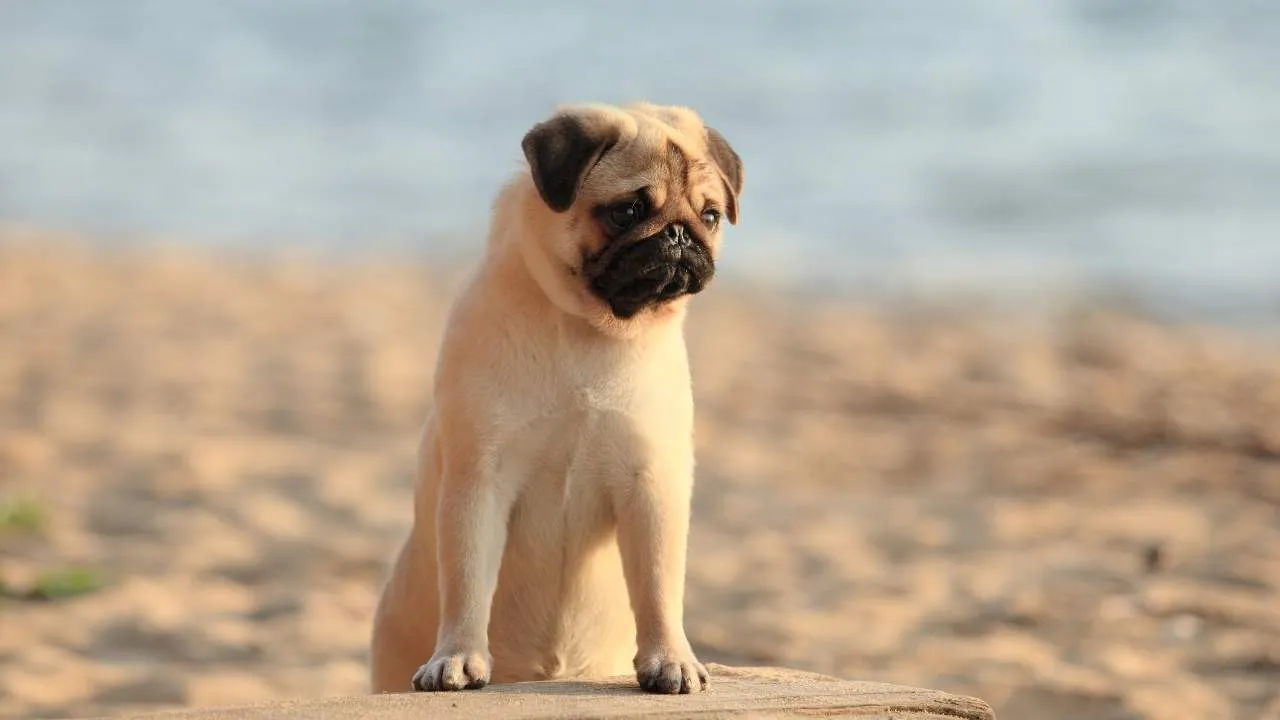
The Pug is one of the oldest dog breeds, with origins tracing back to ancient China around 400 BCE. Known as “lo-sze” in early records, these dogs were cherished by Chinese emperors and Tibetan Buddhist monks alike. Revered as lapdogs, they were often treated to royal luxuries—including miniature palaces and even personal guards—reflecting their high status in imperial courts and monasteries.
Bred specifically to be companion animals, Pugs were never meant for labor-intensive tasks. This has shaped their temperament into one of affectionate loyalty and a strong need for human companionship. They are naturally inclined toward being close to their owners, making them ideal house pets that thrive on attention and love.
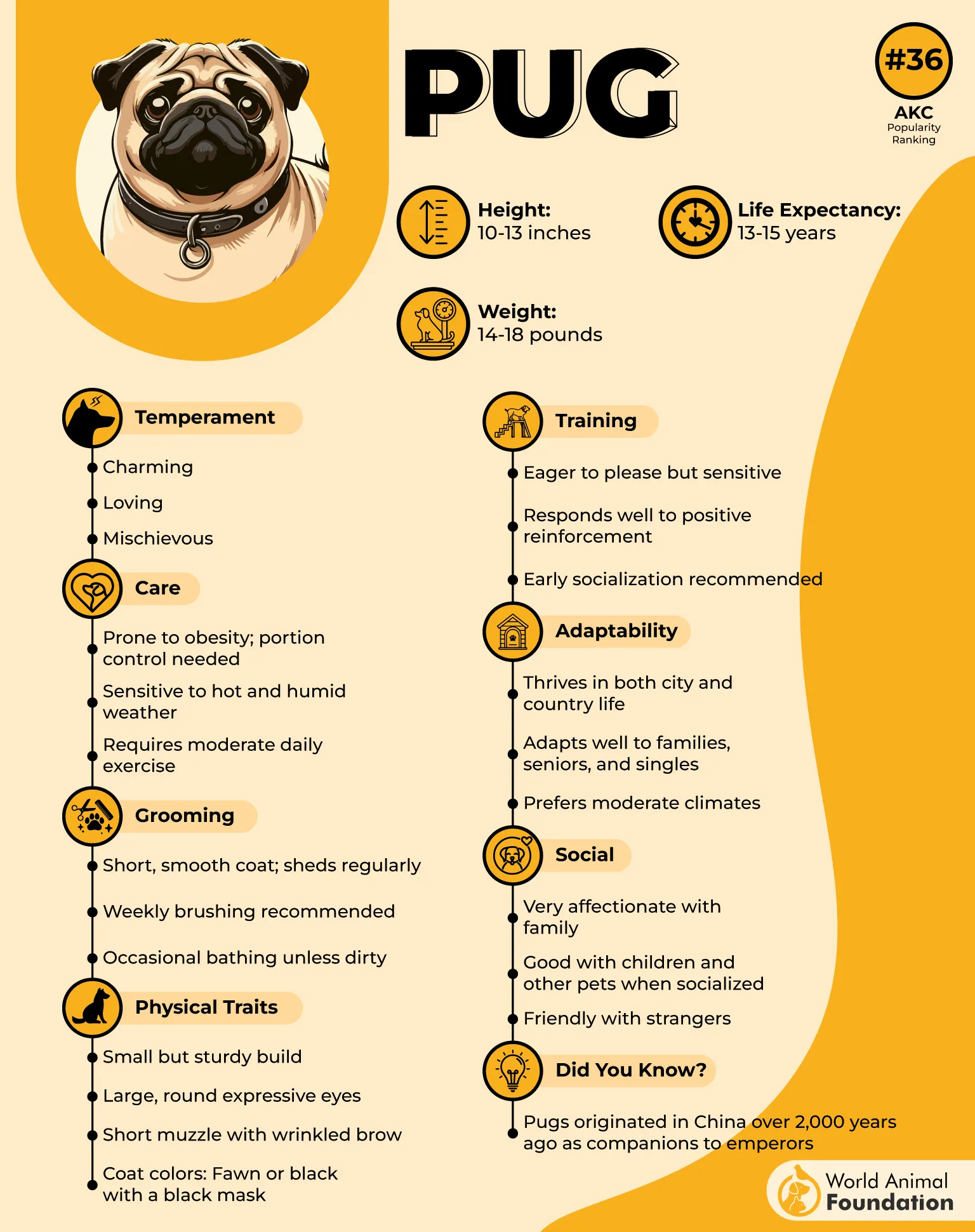
Distinctive facial wrinkles are among the breed’s most iconic features. Chinese breeders historically shaped these folds to resemble characters from Chinese script, particularly the symbol for “prince.” These wrinkles became a mark of nobility, adding cultural and symbolic significance to the Pug’s appearance.
The breed’s popularity spread to Europe, where they became favorites among nobility. In the 1500s, a Pug named Pompey famously saved Prince William of Orange from assassination, earning the breed official status within the House of Orange. The Dutch call them “mopshond,” meaning “to grumble,” a nod to their expressive faces and soft, low growls.
Though not ideal watchdogs due to their small stature and friendly demeanor, Pugs are good with children and strangers. They aren’t territorial or aggressive, and while they may bark at new visitors, they tend to be welcoming. Their easygoing and comical personality makes them a delightful addition to most homes.
Interestingly, the term “Pug” was once used for marmosets—small monkeys that share similar facial features. This crossover in naming reflects the Pug’s unmistakable expression, one that has captivated pet lovers for centuries and helped secure its place as one of the world’s most beloved companion breeds.
7. Papillon
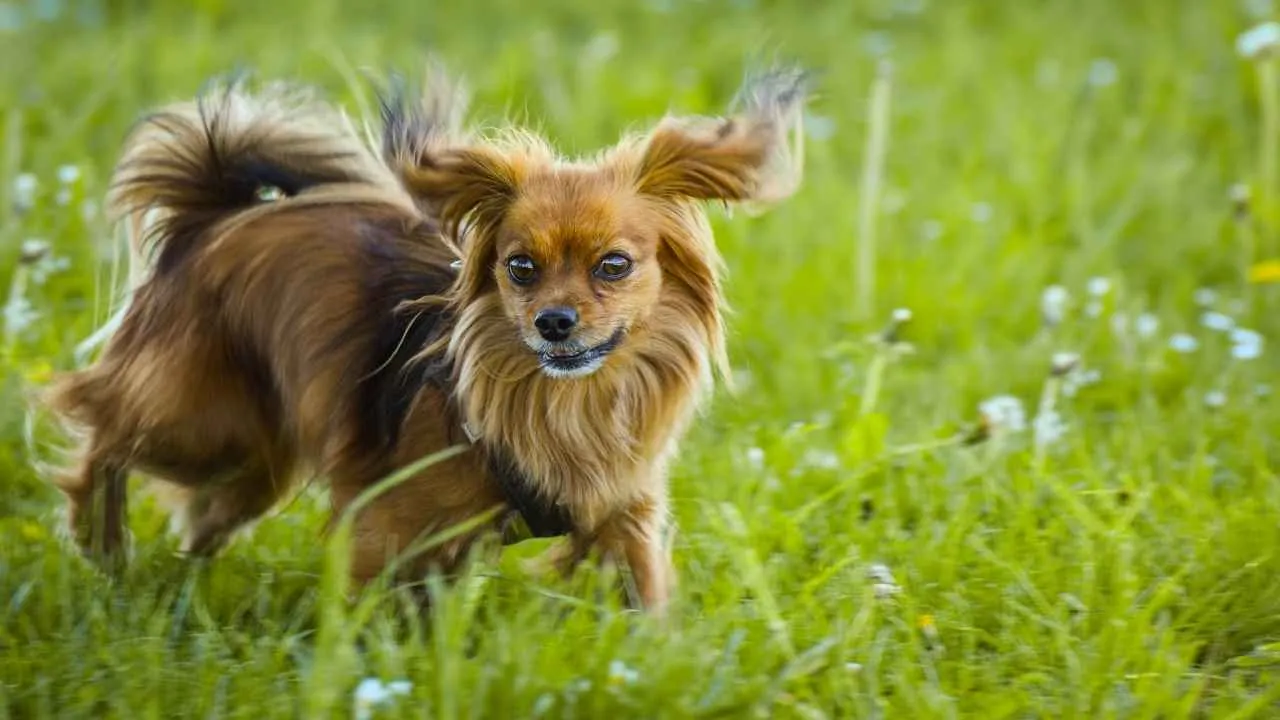
The Papillon, named after the French word for “butterfly,” is instantly recognizable by its large, fringed ears that resemble delicate wings. This small, elegant breed stands just 8–11 inches tall and weighs between 5–10 pounds. Despite its size, the Papillon is highly adaptable and thrives in various environments, making it a popular choice for families and individuals alike.
Dating back to the 16th century, Papillons have long been adored as companion animals. Depicted in European art and favored by royals such as Louis XIV and Marie Antoinette, the breed was once known as the Dwarf Spaniel or Continental Toy Spaniel. Today, it remains one of the oldest and most refined toy breeds, loved for both its charm and history.
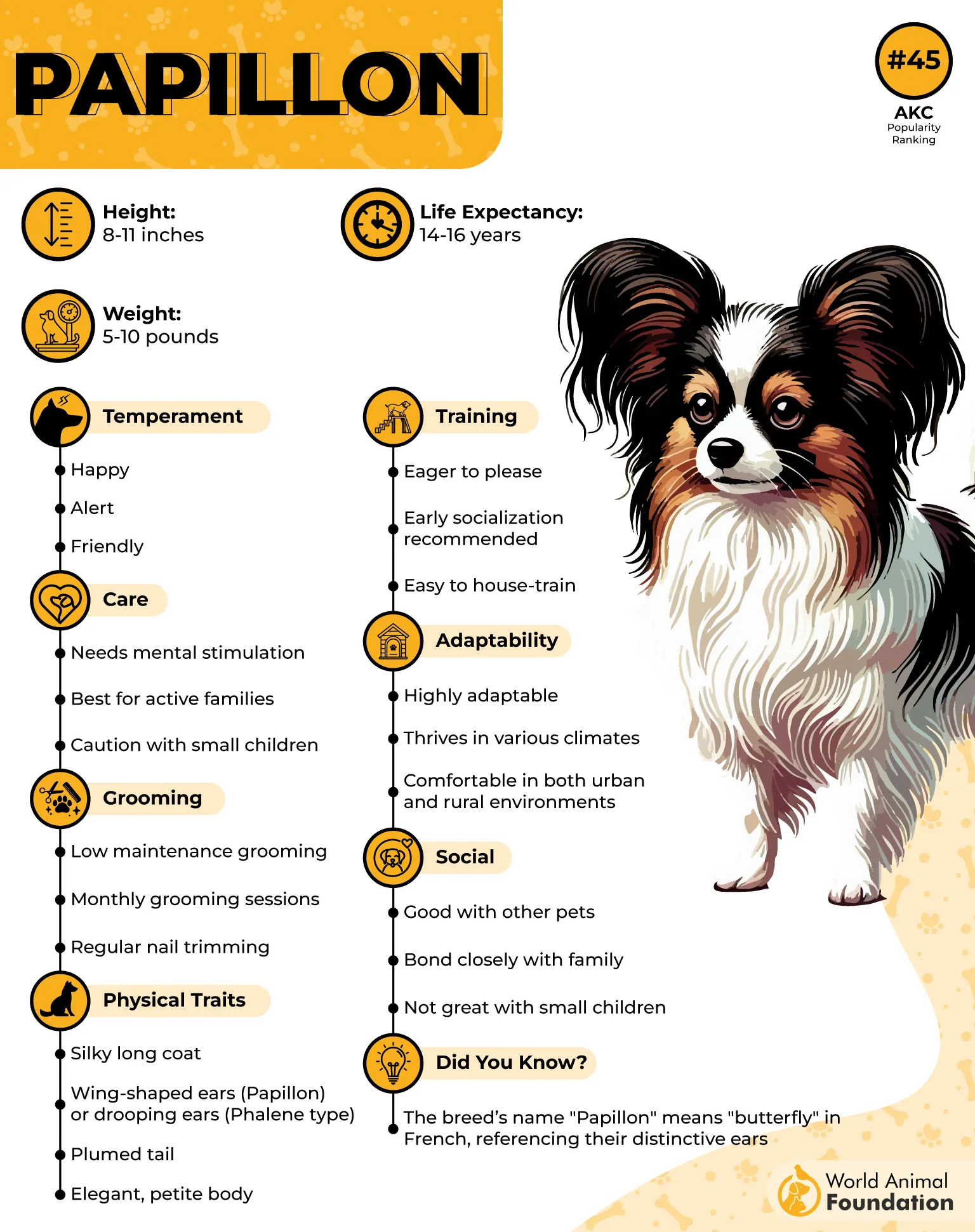
According to AKC, the Papillon has a delicate appearance but is far from fragile. It excels in obedience, agility, and even therapeutic roles. Known for its high intelligence and eagerness to learn, the breed thrives on mental stimulation and consistent, positive training. With their quick minds and athleticism, these dogs often shine in competitive sports and tricks.
Papillons are not just brainy—they’re also strikingly beautiful. Their long, flowing coats, curled tails, and graceful movement give them a natural elegance. Grooming is relatively simple, making their “sensible glamour” accessible to all owners. Despite their refined look, they are low-maintenance and often seem effortlessly polished.
Interestingly, not all Papillons have the iconic butterfly ears. Some are born with fully folded ears, known as the Phalène variety. While both ear types are accepted under the breed standard, the AKC requires that coats contain white but not be entirely white—markings and color patches are part of the breed’s ideal appearance.
Beyond their looks and agility, Papillons are affectionate companions at heart. They are happiest when close to their humans and tend to follow their owners everywhere. If left alone for extended periods, they may become lonely, though they often bond well with other pets. Their small size also makes them easy travel partners, ready to accompany you nearly anywhere.
Conclusion
From the loyal Labrador Retriever to the ever-outgoing Beagle, companion dog breeds come in many shapes and personalities, but all share a deep bond with their human companions. Whether you’re looking for a calm and cuddly Maltese, a vigilant guardian like the Jack Russell, or a playful, eager-to-please Golden Retriever, these breeds make a great choice for families, especially those with kids.
Originally bred for various roles—be it hound work, retrieving, or simply providing joy—these dogs have become beloved family dogs known for their patience, fun-loving nature, and love to spend time with people and other dogs. Poodles, Dachshunds, and even shelter pets can also be great companions, each bringing their charm and energy.
If you’re searching for the best dog to share life’s moments with, consider adopting a companion breed. Of course, the right match depends on your lifestyle, but one thing’s certain—a great companion will fill your home with love, laughter, and tail wags.


